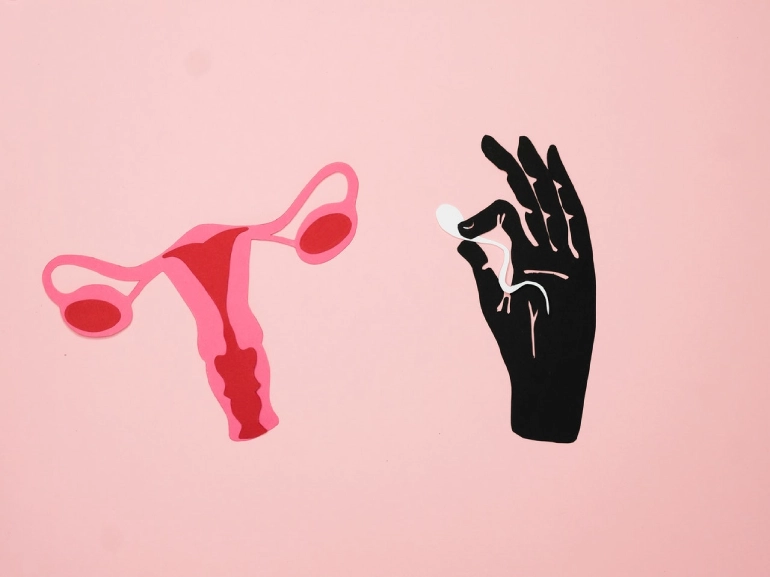One-trick ponies never survive for long in the business. This is why building sustainable growth on a single product becomes increasingly challenging as your business evolves and the consumer market changes.
Hardware wholesaler bannersolutions.com, for example, takes pride in its product line, which represents its way of thinking about the things that matter in everyday life. They have a deep, wide inventory that outmatches any competition and ensures excellent customer service.
In this article, we’ll talk about ways on how to create a new product for a new market and the best diversification strategies.
Product extension
One of the easiest ways to diversify a product line is to slightly alter the existing product’s look, packaging, or presentation, or the so-called product line extension.
Most companies do this by simply adding another product variation, whether through style, flavor, size, or color. The reason why it is the easiest way to diversify a product line is that your manufacturing team already knows how to create it. They just have to apply one minor change that won’t cause any significant impact on the daily production.
Product line extensions also offer more opportunities for upsells and repeat purchases. If a customer prefers seeing your products in different colors, they will likely come back to avail of our color variations to try and complete them. This will also attract prospective buyers since it will give them more options to choose from multiple styles or color options. So if you’re only selling a dog-themed phone case, but your customer is a cat lover, they might look for other brands selling a feline-themed phone case.
The main logic of product line extension is that the more options you offer, the higher the chances of purchase. This also applies to size, quality, and bundle sets. For example, if you want to reach a wider customer base from different income levels, you can produce a premium version of a product made from quality materials and a budget version with limited features. You can make small adjustments to the price difference, so they’re more likely to upgrade their purchase into a premium version. The key is to make small adjustments to your product line while tapping into several markets at once.
User

These days, both men and women are starting to have a more flexible taste when it comes to fashionable clothing. For example, if you’re selling men’s shirts with skull designs, you can extend your product line to female customers by producing the same design in female sizes.
Aside from gendered variations, you can also cater to a wider age generation, such as millennials and Gen Zs. Gen Zs are known for being creative, independent, tech-savvy, and more vocal when it comes to social issues. From those ideas, you can market your phone cases to Gen Zs by including powerful quotes about mental health, social justice, and body positivity. You can also cater your phone cases to kids by producing a more colorful and animated design.
Changing the target audience for a product should be done carefully. You can’t just sell a pink phone case version for girls and consider it done. You have to study your audience and be careful about the type of customers to cater to. Sometimes incorrect assumptions and stereotypes can backfire on your brand, bringing bad publicity to your business.
The same rule applies when creating similar products to fit different lifestyles. If you want your brand to appeal to eco-conscious consumers, you have to make sure your product, including the marketing, is consistent with the concept of eco-friendly and sustainable living.
Remember, the wrong type of publicity can ruin your brand reputation. You don’t want to assume a particular audience will buy your product. This is why it’s important to do extensive research before launching a new product in the market.
Usage
Another way to diversify your product line is to create another related product, but for a different concept.
You can do this by adding new features for its usage. For example, you’re selling a phone case with additional protection for the back. You can produce another option for multifunctional use, such as a card case, bottle opener, gaming case, and other multipurpose uses. This allows your product to expand its market reach across a large consumer base and receive a new, related use.
Diversifying a product line or services and catering them to a specific consumer base offers a lot of opportunities for businesses that want to expand their market reach. But like any business growth strategy, product diversification also comes with certain risks that could backfire on your brand. In this case, it’s important to do your research to know more about a certain industry or market you’re entering.



